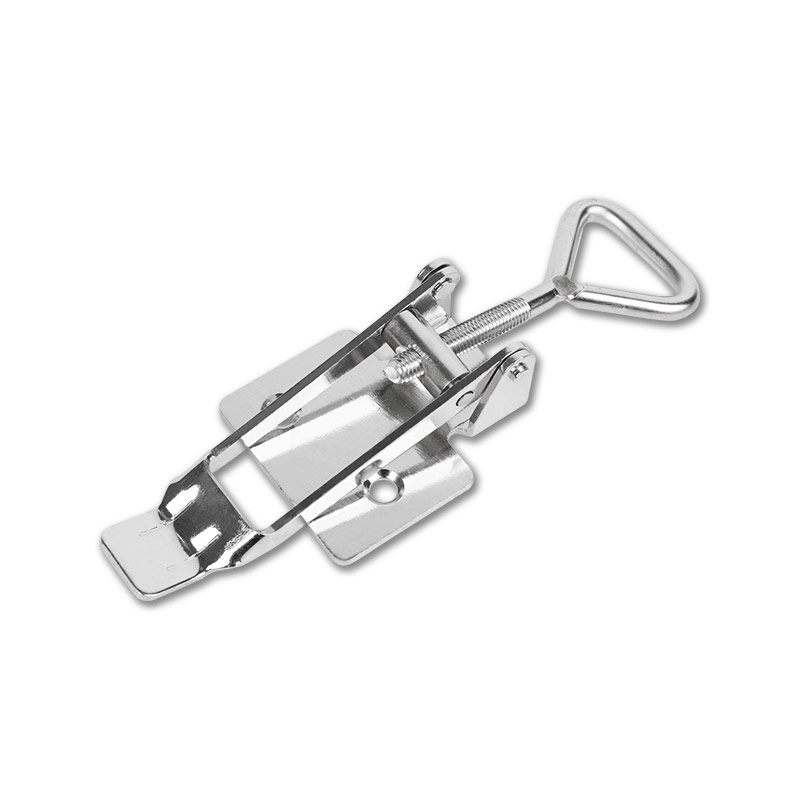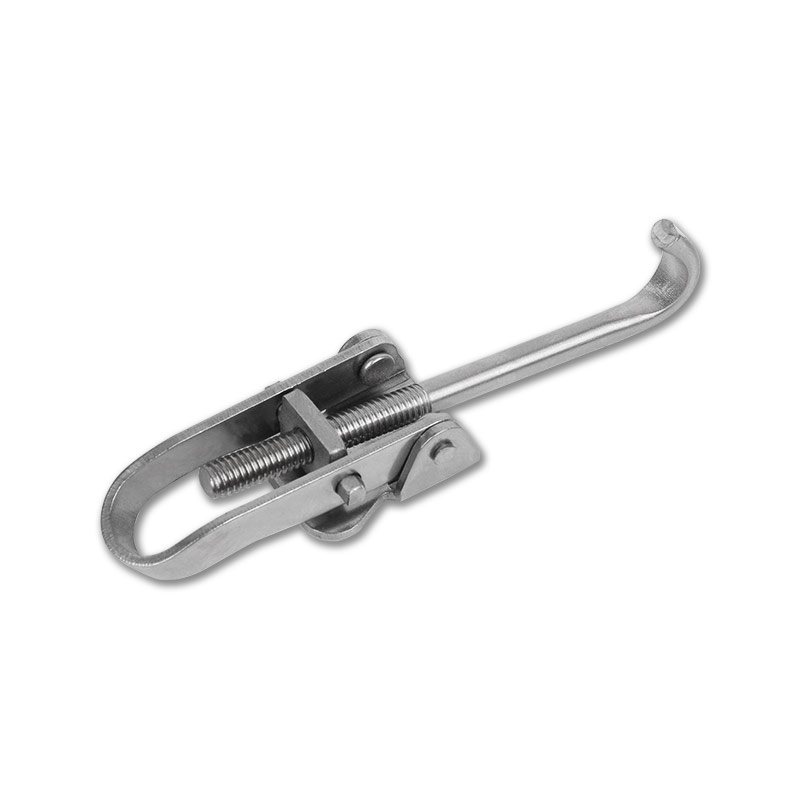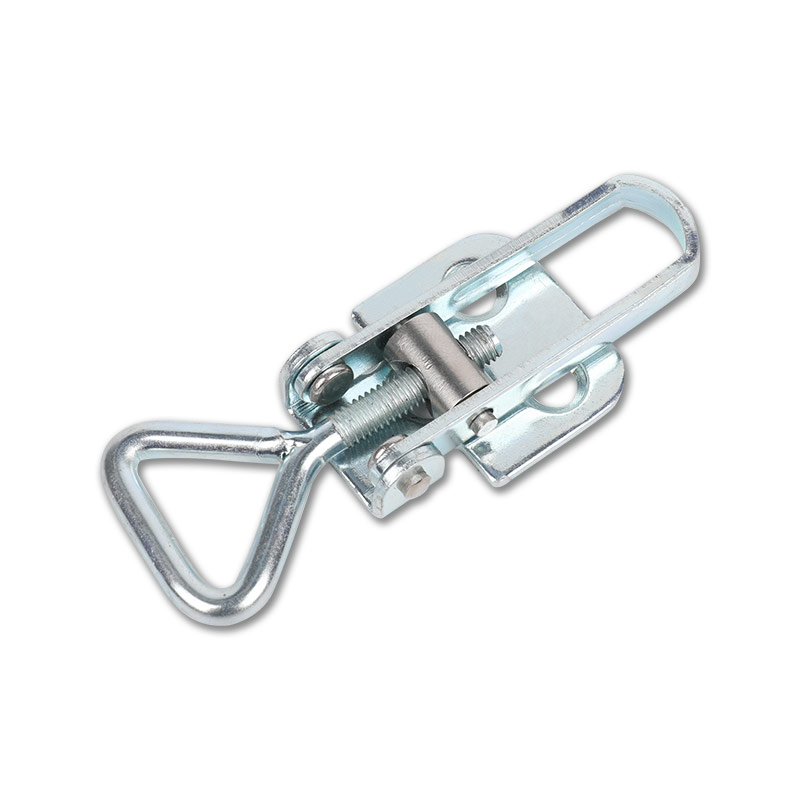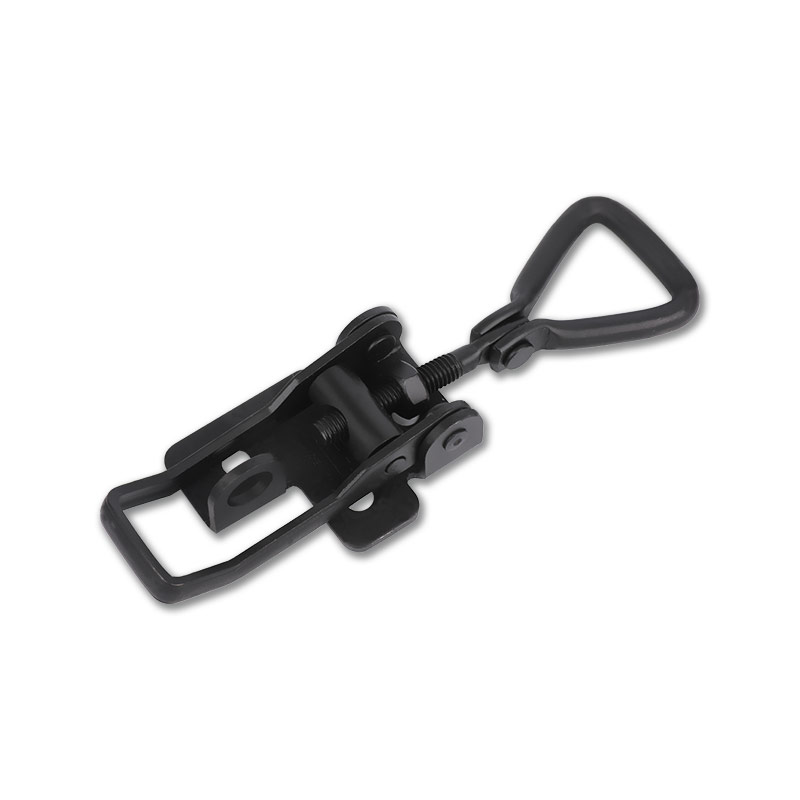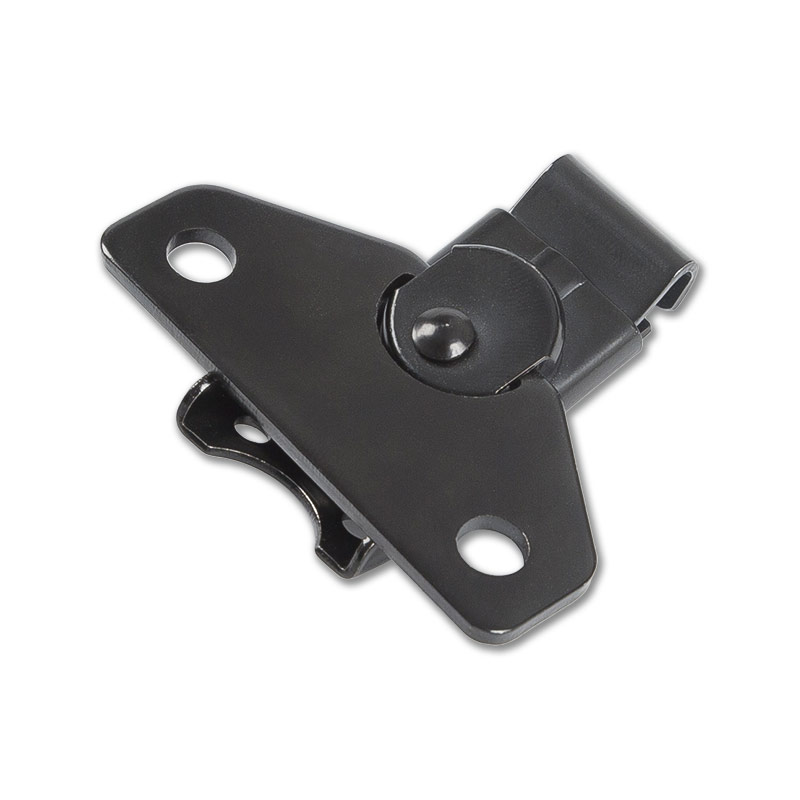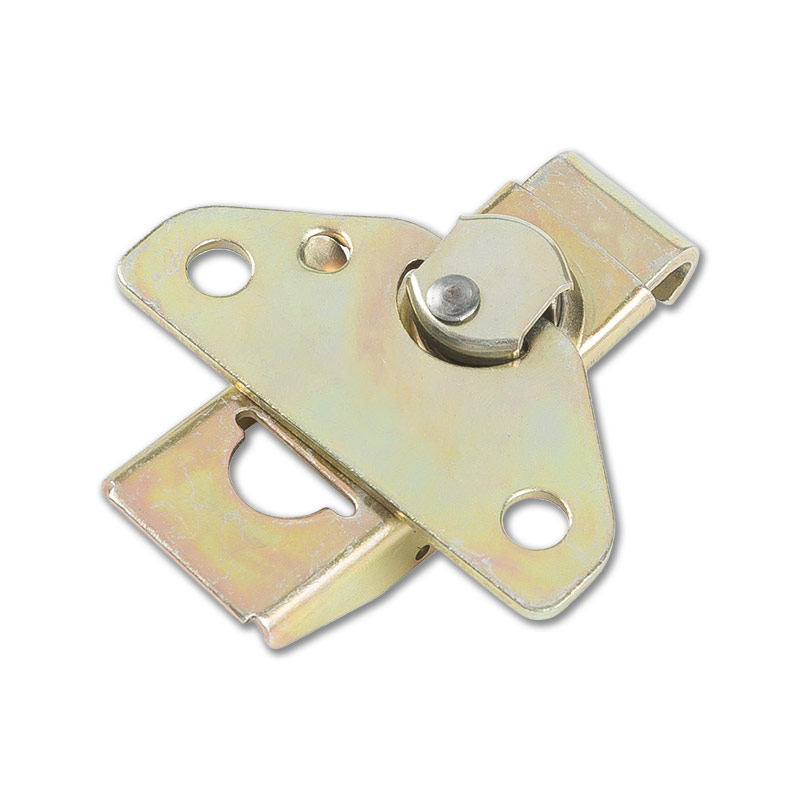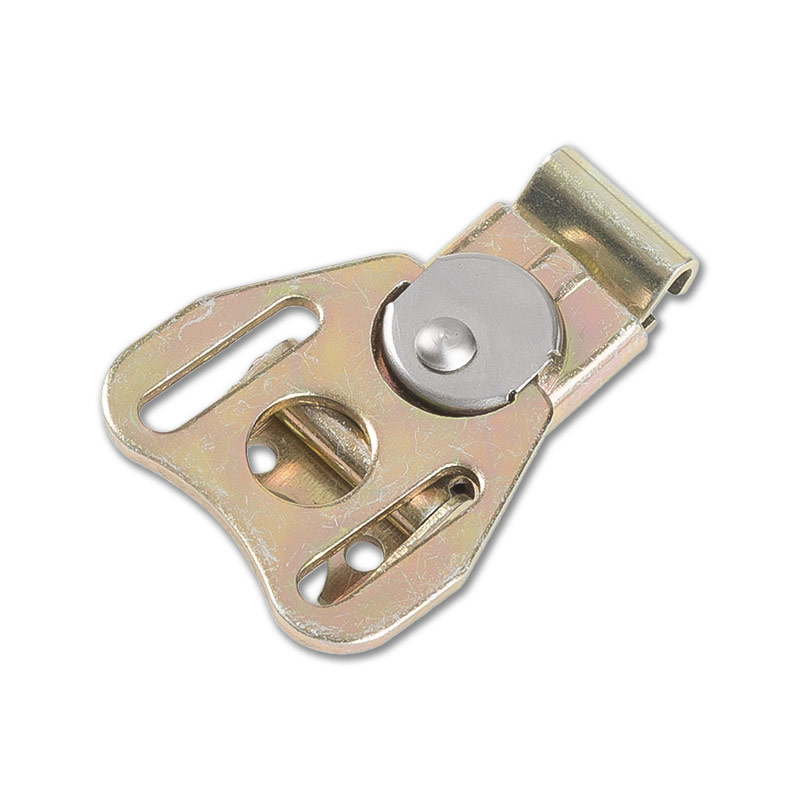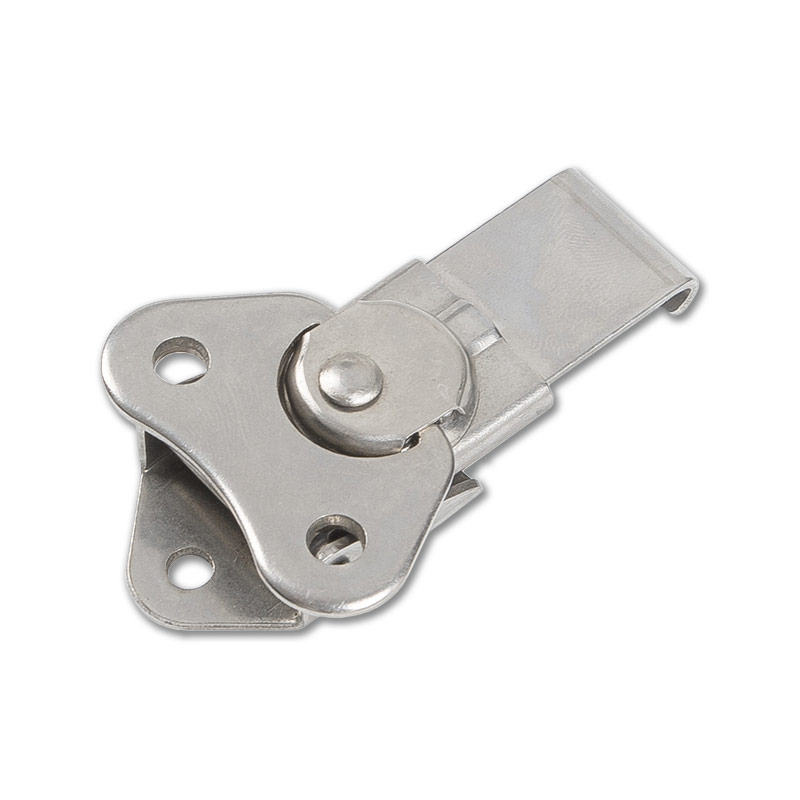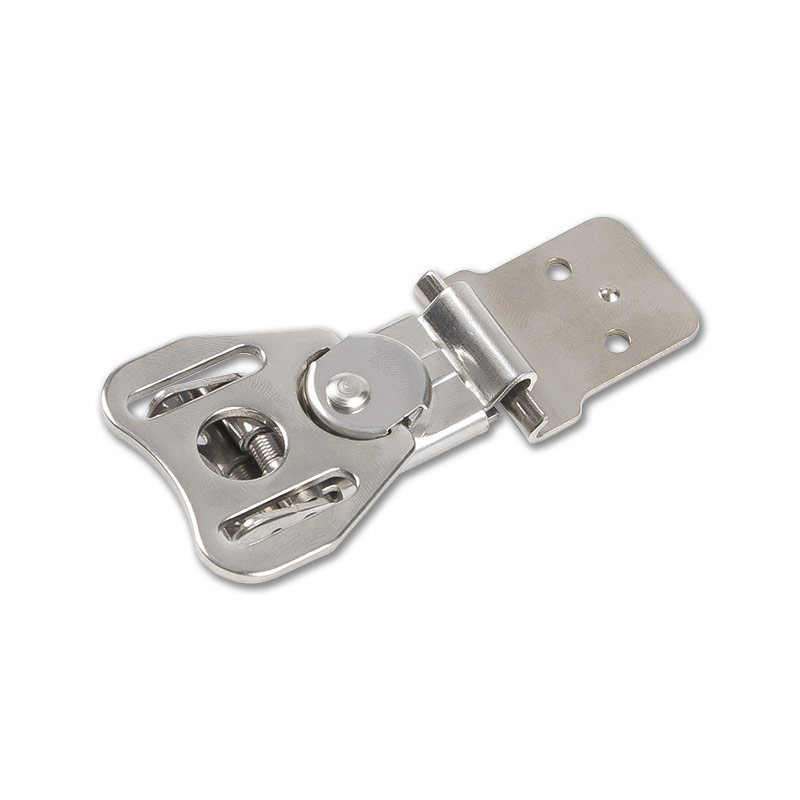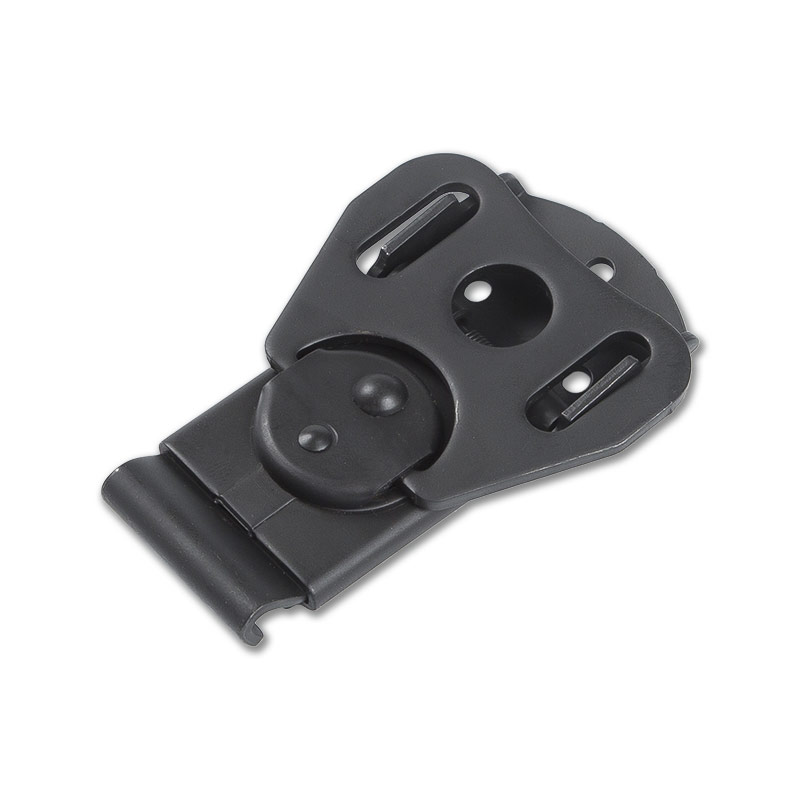When the levers are rotated inward, they engage with a corresponding latch plate, which secures the case or box in place. To unlock the latch, the levers are rotated outward, releasing the latch plate and allowing the case or box to be opened.
Butterfly buckle latches are commonly used in a variety of applications, including flight cases, road cases, and storage cases. These latches are ideal for securing cases and enclosures that require frequent access, as they can be easily unlocked and relocked without the need for tools or special equipment.
One of the most common applications of butterfly buckle latches is in flight cases, which are used to transport and protect delicate equipment such as musical instruments, electronics, and camera gear. These cases are typically made from durable materials and are designed to withstand the rigors of air travel. Butterfly buckle latches are an ideal choice for securing flight cases, as they can be easily opened and closed by hand, allowing for quick and easy access to the equipment inside.
Road cases, which are used to transport equipment for live events such as concerts and theatrical performances, are another common application for butterfly buckle latches. These cases are often large and heavy, and they require secure and reliable latches to ensure that the equipment inside remains protected during transport.
Storage cases, such as tool cases and equipment cases, are also frequently secured with butterfly buckle latches. These cases are typically used in industrial and commercial settings, where they are subject to frequent use and exposure to harsh environmental conditions.


 English
English Español
Español